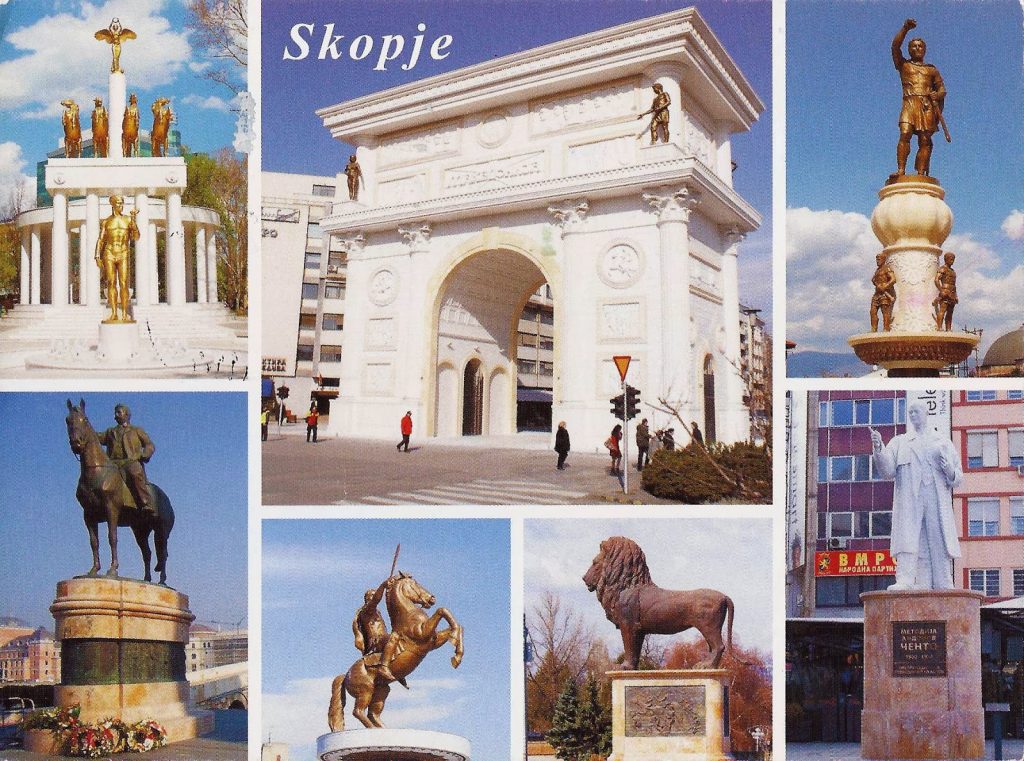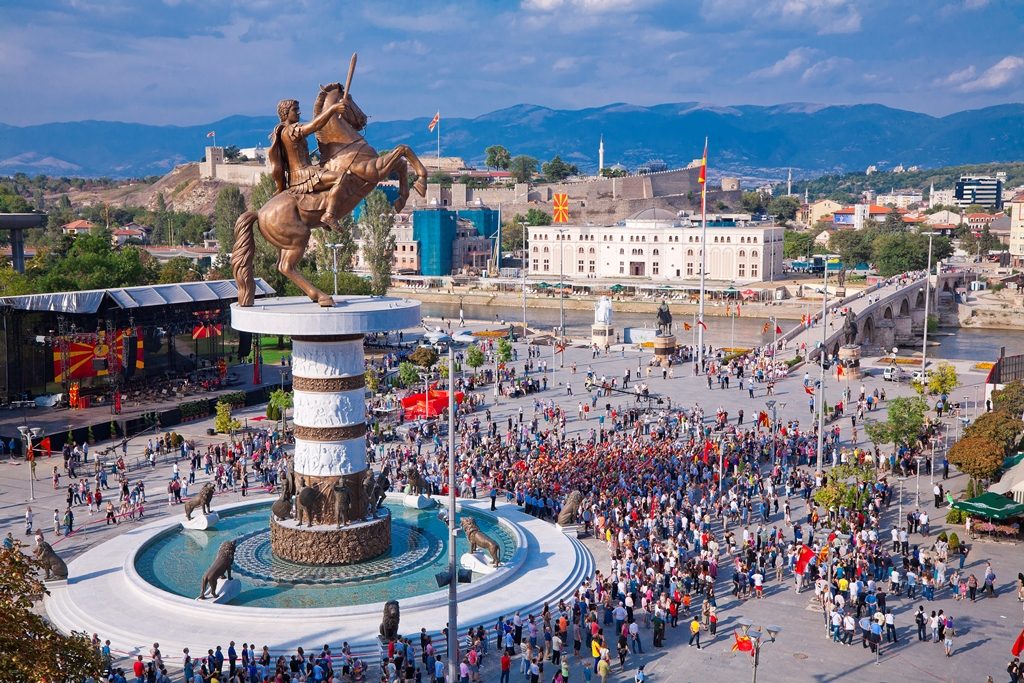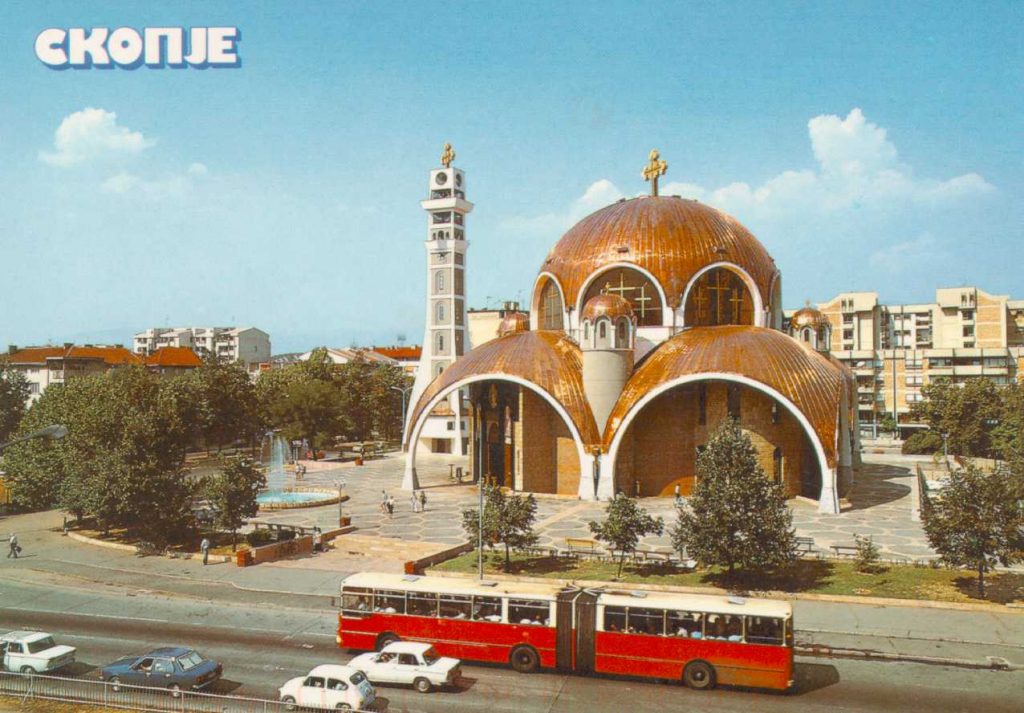Abstract
Skopje, the capital of the Former Yugoslav Republic of Macedonia, is home to an unprecedented, alien landscape. The public development plan Skopje 2014, which sought to evoke a sense of European monumentality through the creation of authenticity and symbolic capital, has transformed the urban tissue of the city centre into an heterogenous mass of disconnected pantheons, palaces, statues, and fountains.
The costly, dramatic urbanistic makeover has effectively turned the capital into an empty, rendered Disneyland of Europeanness. Both on the peripheral margins of first-class Europe and somewhat nested upon the millenary ruins of the cradle of European civilization of Ancient Greece, Skopje’s heterotopic urban narrative can be read as an atypical, postmodernist, postsocialist spatial practice whose matrix is both computer-generated and essentially anti-urban. Skopje 2014 is a political fiction of Europe, an allegorical example of the spatial struggles of Self/Other narratives that give shape to the current crisis surrounding European territories, identities, and values.
Read full conference paper on academia.edu



